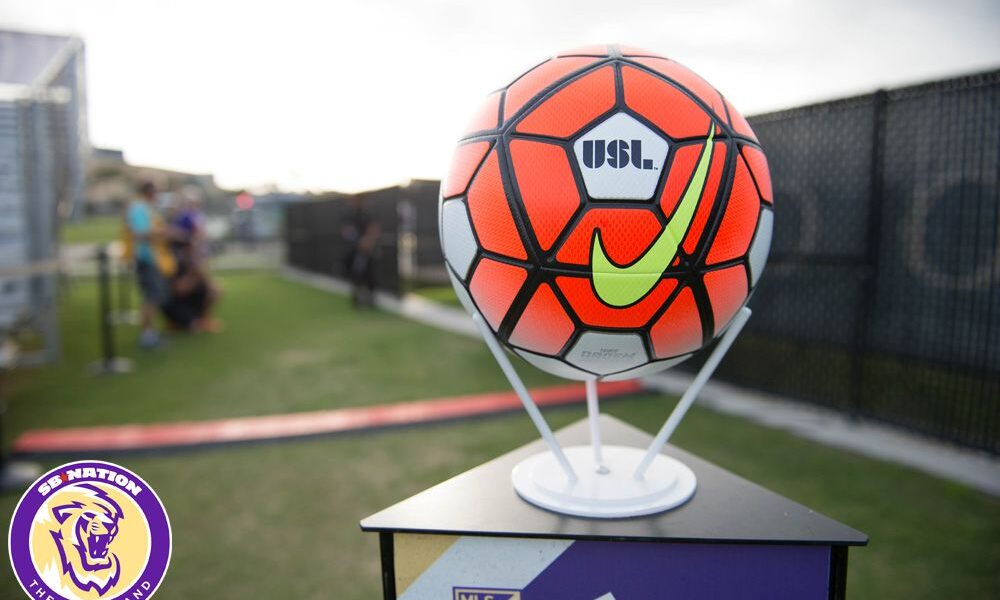Orlando City B
Orlando City B is Taking a Big Step Forward

Last week, Orlando City announced the initial 2020 roster for its second team, Orlando City B. The most notable aspect of the roster was the number of players whose MLS rights are owned by the club. The roster also showed a big jump forward towards where the club wants OCB to eventually be.
When OCB launched in 2016, it was designed to be a reserve side. While the team had a few players on academy contracts, most of the roster consisted of first team players not receiving minutes and players on USL contracts. The majority of the team was only signed with OCB and not the first team. After taking a hiatus in 2018, the team came back with a new focus.
Prior to last year’s start of the new third division, USL League One, OCB announced its return to the field. The team changed from a reserve team into a link between the academy and first team. Unfortunately, this came at a time of change within the club, causing a false start for the 2019 season.
When Orlando City announced the return of its second team, it had its development academy at Montverde Academy. The academy’s soccer director, Mike Potempa, was named general manager of OCB. Following that appointment, the club hired Luiz Muzzi as executive vice president of soccer operations.
Potempa made many of his decisions on the team’s roster before Muzzi arrived. Even after the new boss of soccer operations was brought in, Potempa had control over the team’s roster as general manager. This meant that the person deciding the direction of the club would not be making roster decisions for one of the most important parts of the club.
Despite Muzzi having little say on the 2019 roster, there were still quite a few players from the academy who played for OCB. The team featured nine total players who had played at least some time in Orlando City’s development academy. Some of those players, like Jordan Bender and Austin Amer, were Central Florida natives and clearly met the requirements to be a Homegrown Player. Other players came from Montverde Academy and the amount of time they spent in the academy made their Homegrown eligibility questionable at best.
When Muzzi took over soccer operations at Orlando City, a new direction was established for the club. The first team, second team, and development academy all moved to the same location in Kissimmee. It was also made clear that more emphasis would be placed on players controlled by the club.
The 2020 OCB roster is a big step forward toward that goal. While there are still players that the MLS side has no control over, it signed 11 players to academy contracts, two late-round draft picks, two college players who were previously in the academy, and Amer from last year. That means the club has the MLS rights to up to 16 of the team’s 24 players.
Eventually, the club hopes that the number of players it controls will be even higher. With OCB serving as a developmental side, there aren’t many advantages to having several players it doesn’t control. The club will want a couple of seasoned professionals to become leaders for the young players, but most spots in the team will be reserved for academy graduates.
So far, Orlando City has disappointed with its Homegrown production. The academy that started back in 2012 has only produced a handful of players for the first team. Two Homegrown Players were signed prior to the 2020 season and this year’s OCB roster is a big step toward significantly increasing that number.